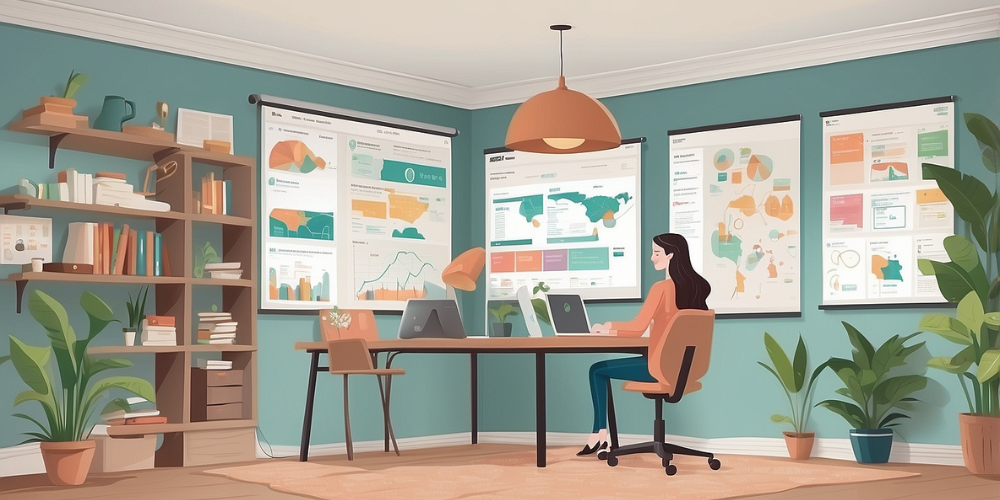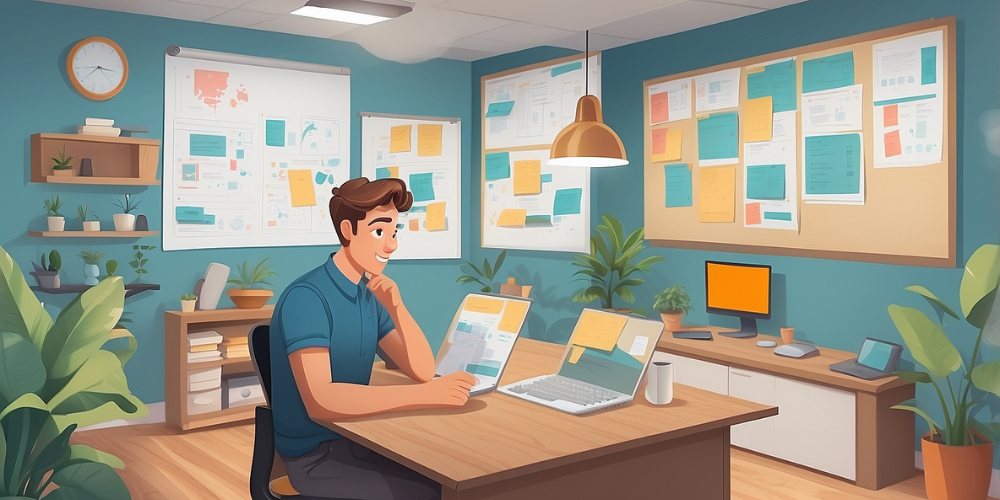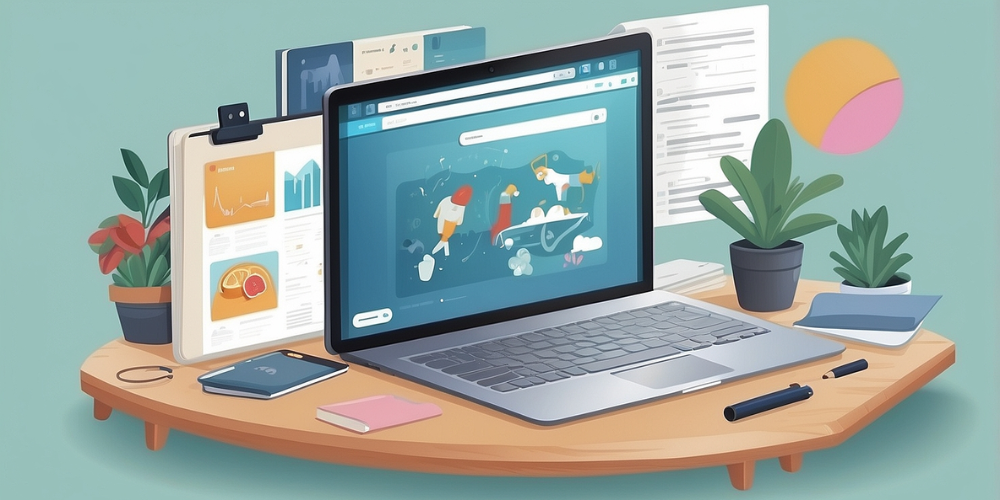Organizing Projects with Trello Boards
- Oct 08, 2024
- 1126

As someone who often juggles multiple projects, organizing tasks can sometimes feel overwhelming. I discovered Trello a few years ago, and it changed how I manage my work and personal life. The visual aspect of the boards, combined with their flexibility, made it an essential tool in my organizational toolkit.
Creating My First Board
When I first started using Trello, I was amazed by how easy it was to create a board. I clicked on "Create new board," and I was immediately prompted to personalize it. I chose a bright and engaging background to inspire me every time I opened it. Then, I named my board based on my current project—a blog I wanted to launch. It felt empowering to have a space dedicated to my goals.
Setting Up Lists
Trello uses a list system, which allows me to organize tasks in a way that makes sense to me. For my blog project, I decided to create several lists: Ideas, To Do, In Progress, and Completed. This categorization helped me visualize where each task was in the process. As I added tasks, I realized how satisfying it was to see my ideas evolve into actionable steps.
Adding Cards
Each task in Trello is represented by a card. I began filling each list with cards, detailing specific tasks such as "Create a content calendar" or "Design the blog logo." I found it helpful to add descriptions to each card to clarify the steps I needed to take. Additionally, I could attach files or links directly to the cards, which kept everything in one place.
Utilizing Labels
One feature I love about Trello is the labeling system. Labels help me categorize tasks by priority or type. For example, I could use a red label for high-priority tasks and a blue one for tasks related to design. This color-coding system allowed me to quickly identify what needed my attention the most.

Deadline Management
Keeping track of deadlines is crucial for any project, and Trello made it straightforward. I started adding due dates to my cards, which turned my list into a timeline. With the deadline feature, I received reminders as the dates approached, ensuring that I stayed on track without needing to constantly check my calendar.
Collaboration with Team Members
While working on my blog alone was liberating, I knew that collaboration could enhance the project. When I brought in some friends to help, I created a new board specifically for collaborative tasks. Trello made it easy to invite them, and I could assign cards to each person, streamlining communication. Everyone could see what was being worked on, and ideas flowed much more freely.
Integrating with Other Tools
Trello's integration capabilities impressed me. I frequently used Google Drive and Slack, so connecting these tools to my Trello boards felt like a no-brainer. By attaching Google Drive files to cards, I could keep all relevant drafts and images at my fingertips. Slack notifications for Trello activities helped our team stay engaged, even when we were working remotely.
Utilizing Checklists
For more complex tasks, I began using the checklist feature within each card. For example, if I was working on a blog post, I could create a checklist for steps like "Research keywords," "Draft the outline," and "Edit the final version." This function kept me organized and allowed me to celebrate small wins as I checked each item off.
Tracking Progress with the Calendar Power-Up
As my projects expanded, I wanted a way to visualize my progress over time. I opted for the Calendar Power-Up, which transformed my to-do list into a dynamic calendar view. With this visual representation, I could see what was coming up in the week or month, which helped me allocate my time more effectively.

Reflecting on Completed Tasks
One unexpected benefit of using Trello was the ability to look back at completed tasks. I made a point of reviewing my "Completed" list regularly. Reflecting on the items I had finished gave me a sense of achievement and motivated me to keep pushing forward. It was important to acknowledge my progress amidst the hustle of ongoing projects.
Experimenting with Templates
After a while, I discovered Trello's template feature. Feeling a bit adventurous, I began experimenting with different templates for various types of projects. Whether it was planning a trip or organizing an event, these templates saved me time and offered fresh perspectives on how to structure my boards.
Utilizing Automation with Butler
As I became more comfortable with Trello, I explored the automation tool named Butler. I created simple rules to automate routine tasks. For example, when a card in the "Completed" list was due, Butler could automatically move it to an archive. This level of automation allowed me to focus on creativity rather than repetitive tasks.
Adapting My Boards to Personal Life
Though I initially used Trello for professional projects, I soon realized its potential in my personal life. I set up boards for meal planning, fitness goals, and even house cleaning schedules. The versatility of Trello allowed me to compartmentalize various aspects of my life, leading to increased productivity in both work and home environments.
Creating Visual Boards for Inspiration
Another captivating aspect of Trello is the ability to create boards dedicated to inspiration. I started a mood board for my blog that included visuals and links to articles that sparked creativity. This not only provided motivation but also served as a reference point for ensuring my blog's aesthetic aligned with my vision.
The Continuous Learning Curve
My journey with Trello is far from over. I continuously learn new features and tricks to optimize my boards. I have joined Trello communities where users share their tips and unique board setups. This exchange of ideas enriched my understanding and painted a broader picture of what’s possible within the app.
Finding My Rhythm with Trello
As I navigate through my projects with Trello, I find comfort in having my tasks laid out visually. It has not only helped me maintain organization but has also turned the often tedious aspect of project management into an enjoyable endeavor. With each project, I continue to refine my processes, ensuring that Trello remains an integral part of my workflow.